Sense of place is the sixth sense, an internal compass and map made by memory and spatial perception together
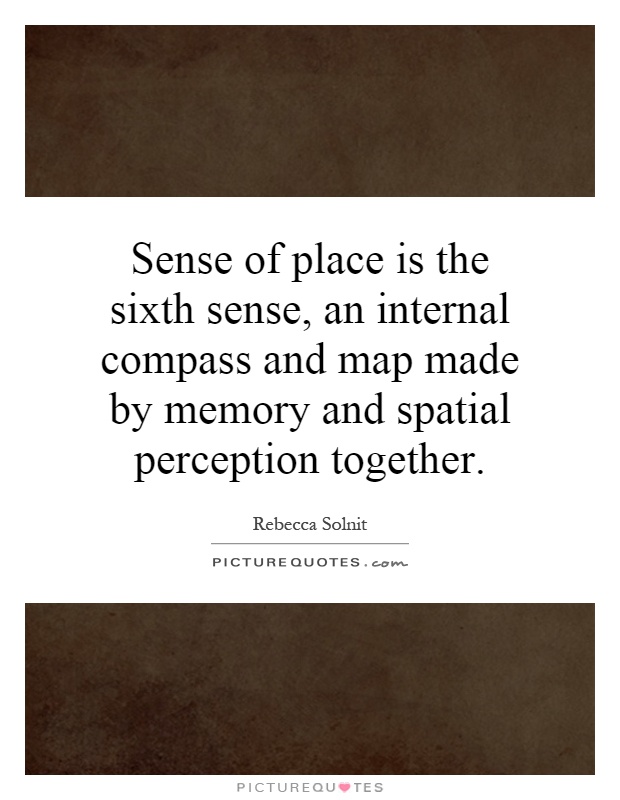
Sense of place is the sixth sense, an internal compass and map made by memory and spatial perception together
Rebecca Solnit, a renowned writer and cultural critic, has often explored the concept of sense of place in her works. She believes that our sense of place is like a sixth sense, an internal compass that guides us through the world based on our memories and spatial perceptions. In her book "A Field Guide to Getting Lost," Solnit delves into the idea that our sense of place is not just about physical location, but also about the emotional and psychological connections we have to certain places.Solnit argues that our sense of place is deeply intertwined with our memories and experiences. It is not just about knowing where we are geographically, but also about feeling a sense of belonging or connection to a particular place. Our memories of a place can shape how we perceive it and how we navigate through it. For example, a childhood home may hold a special place in our hearts because of the memories we have associated with it, making it feel like a part of who we are.
Spatial perception also plays a crucial role in our sense of place. How we perceive and navigate through physical spaces can influence how we feel about them. Solnit suggests that our sense of place is not just about the physical landscape, but also about the emotional and psychological landscape that we create within ourselves. Our internal map of a place is shaped by our experiences, perceptions, and emotions, guiding us through the world in a way that is unique to each individual.


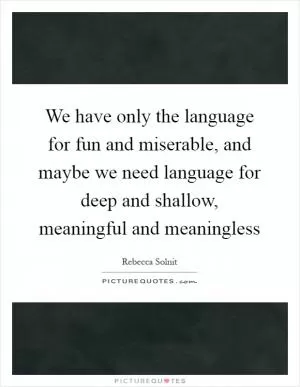






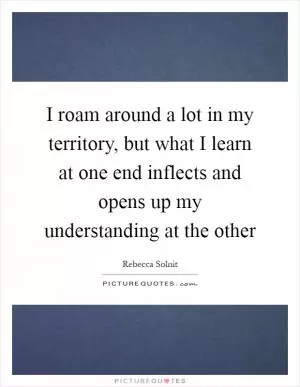
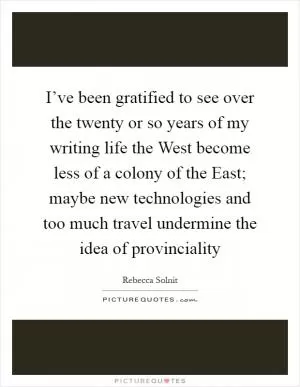
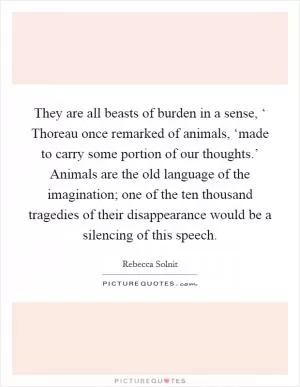
 Friendship Quotes
Friendship Quotes Love Quotes
Love Quotes Life Quotes
Life Quotes Funny Quotes
Funny Quotes Motivational Quotes
Motivational Quotes Inspirational Quotes
Inspirational Quotes